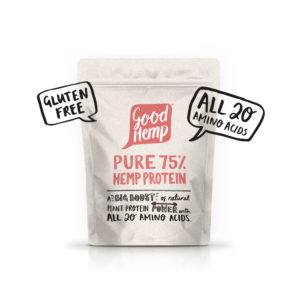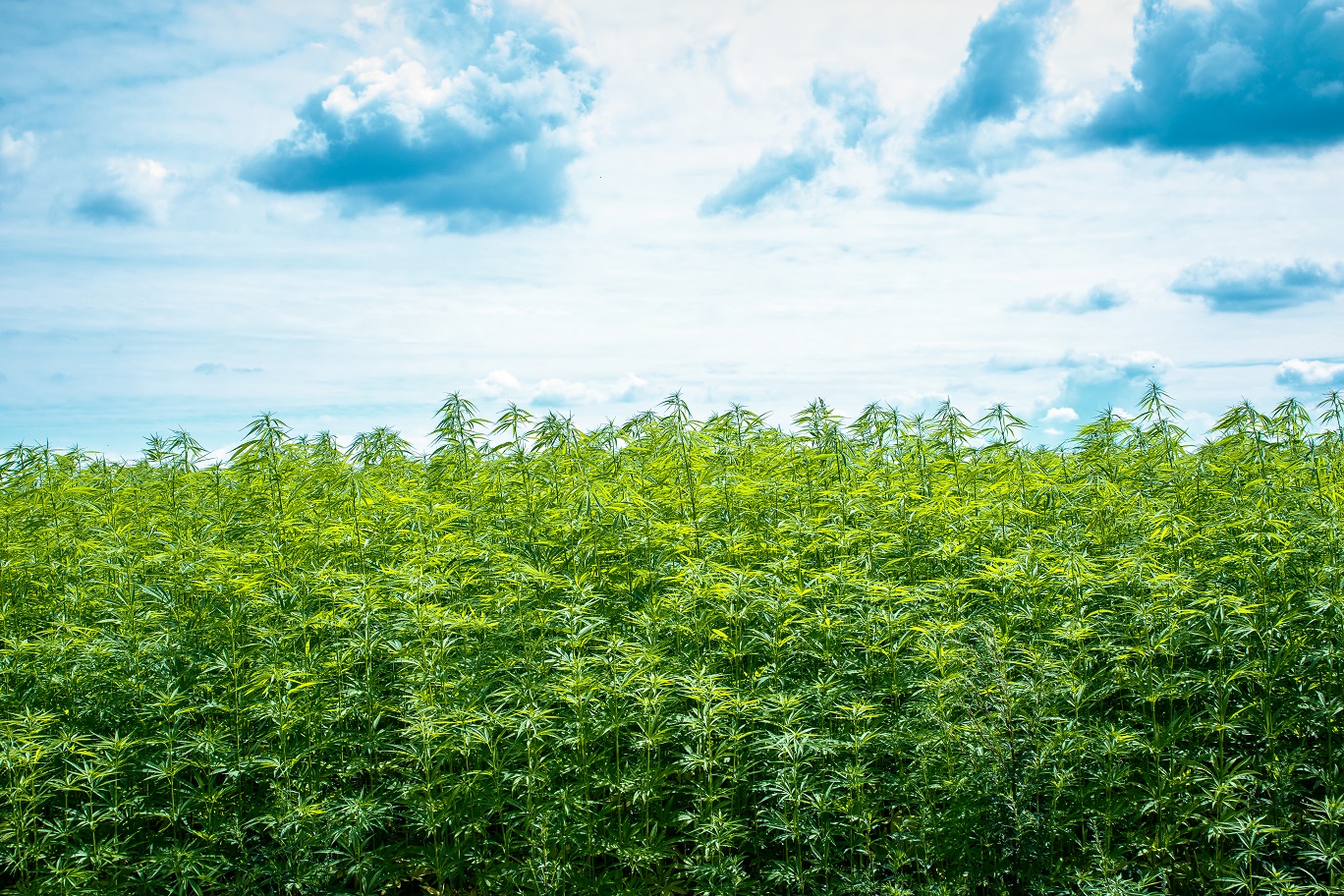How is Hemp Good for the Planet?
It’s no secret around these parts that we’re huge fans of hemp. In fact, we’ve been cheerleaders for the plant since before we founded Good Hemp in 1998. But the world at large has been enjoying the benefits of hemp for thousands of years and in that time, it has seen a huge range of uses, from textiles and paper to, of course, healthy and tasty treats.
Of course, mention hemp to most people and they’ll immediately think of getting high. And fair enough – it is a biggy. But one of our missions here at Good Hemp is to expand the conversation around this super plant, whether that’s letting exercise fiends know they can bulk up with hemp protein or flying the flag for the various benefits of CBD oil.
But what about hemp itself? There are so many different modern uses of hemp that it would be practically impossible to list them all here, but we figured we’d give it a go, and break a few of them down.
What Is Hemp Used for in Food?
The first thing you need to know about hemp is that different parts of the plant offer up different uses. When it comes to food, our focus is on the seeds – though other parts of hemp play their part in making some very different kinds of edibles.
Hemp seeds are a delectable snack in their own right, in much the same way as sunflower seeds, but they’re also used as the source material for our hemp protein powder – which is great whether you’re bulking or baking – as well as hemp seed oil and our delicious dairy-free milk.
No matter which hemp food products you choose, your body is going to thank you for it, as hemp contains the ideal ratio of omega-3 to omega 6 fatty acids. This delicate balance is extremely tricky to strike, but as found in ingredients like hemp, it can help improve your cholesterol and lower your risk of heart disease. Not bad for a few seeds a day, eh?
The Environmental Benefits of Hemp
Hemp is basically nature’s purifier. The plant captures carbon dioxide from the atmosphere, quickly cleaning the air we breathe as a result. In fact, for every tonne of hemp produced, 1.63 tonnes of carbon is removed from the air, making hemp a much more effective sequester of carbon dioxide than trees.
The yield of hemp is also incredibly fast, taking just four months to grow. This not only makes it easy for sustainable farmers to add it to their annual rotation, but also helps regenerate the soil, thanks to the nutrients contained within the hemp plant. And not only that, but since hemp roots can grow up to nine feet deep, the soil in which hemp grows will always be strengthened by its presence, even helping to restore damaged soil and grow a wider range of crops as a result!
Medicinal and Cosmetic Uses of Hemp
Hemp isn’t just good for the planet – it’s good for you as well! We’ve already had a brief look at how it’s used as a core cooking ingredient, but you can reap the benefits of hemp just as easily in other ways. This is especially true if you need to recharge, calm down, or are looking for relief from aches and pains.
Of course, the big one for us is pure CBD oil, one of the most versatile products you can get from the hemp plant. Yes, there are plenty of ways to take CBD orally, which has been proved to provide relief for everything from anxiety to period pain.
But it has so many other uses that can boost your overall level of wellness. As we mentioned earlier, the omega balance makes it great for your heart health, and it can also be hugely beneficial for your body’s largest organ, the skin. Since it interacts with your body in a different way when applied topically, there are a huge range of skincare benefits of CBD, including acne relief, hair treatments, reducing fine lines and wrinkles, and even soothing rough patches of eczema or psoriasis.
Uses of Hemp Fibre
By this point, you’re probably wondering if there’s anything hemp can’t do, and to be honest with you, the answer is no! Because we’ve not even mentioned some of the earliest uses of hemp, many of which are still in practice today, and these are mainly related to hemp’s use in textiles.
Its popularity as a material for making clothing, rope and all things in between stems once again from hemp’s environmental benefits. Since it grows quickly, organically and with a higher yield to boot, it was quickly found to have a multitude of uses since it was first discovered. In fact, you could go as far back as 8000 BC and still find evidence of hemp in action as the main fabric used for the maritime manufacture of rope and sails.
For all of the reasons we’ve outlined above, the hemp plant has found its way into homes across the globe, but in recent years, great minds in the construction industry have begun to take that to heart by literally building homes with hemp! The use of “hempcrete”, a mixture of the core of hemp stalks and limestone for binding, has taken hemp’s sustainability in-house, with homes insulated with hempcrete exponentially emitting less carbon dioxide into the atmosphere than those made from regular concrete.
Although the science isn’t quite there yet – for one thing, hempcrete isn’t strong enough for use in load-bearing walls – the fact that people are still finding new uses for hemp is another sign that it really is the plant that could save the planet.


